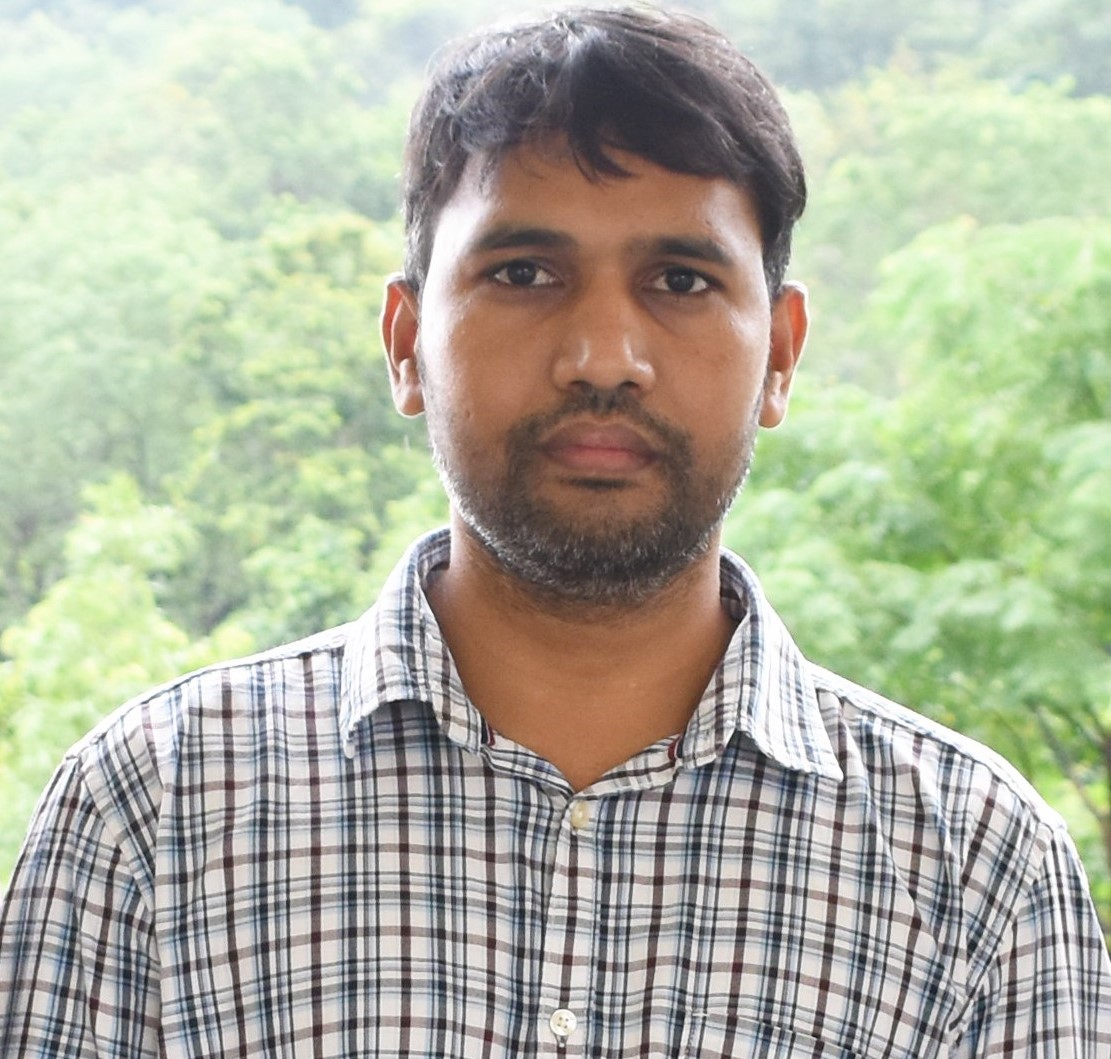
Dr Veera Reddy Yatham
Associate Professor (Chemistry)
- Radical Chemistry in Organic Synthesis
-
(a) Photoredox catalysis:
Visible-light photocatalysis has emerged as one of the fastest growing fields in organic synthesis. In such reactions, a photoactive catalyst absorbs visible light and participates in either single electron transfer (SET) or energy transfer (ET) processes with organic substrates to generate various radical entities under very mild reaction conditions. Most photoredox catalysts in use at present are transition metal-derived complexes or synthetically elaborate organic dyes, the cost and limited availability of which can hamper their application in industrial processes. To address the problems mentioned above our group started exploring inexpensive chemicals as a photoredox catalysts. Our strategy substitutes transition metal (Ir and Ru) based photocatalysts with an abundant and inexpensive metal catalyst, thus empowering a new plot for the late-stage derivatization of complex molecules. -
(b) Metal enabled radical based cross-coupling reactions:
Transition-metal-mediated cross-coupling reactions with alkyl halides as electrophiles and organometallics as nucleophiles have been extensively used for the construction of C-C bonds. A wide variety of primary alkyl halides can be used as effective substrates in cross-coupling in metal catalysis but the secondary alkyl halides usually remain as challenging substrates because of the side reaction of β-hydride elimination and other undesired reactions. Due to significance importance of these reactions in constructing number of key intermediates for pharmaceutical as well as natural product synthesis, the development of novel strategies is highly attractive. In order to address the problems as mentioned above our group exploring generation of secondary carbon radicals from alkyl halides through photoredox catalysis and merging these generated radicals in metal catalysis.
Look at our personal group website for more details: https://sites.google.com/iisertvm.ac.in/yvr-group/home
